Animal Life news stories
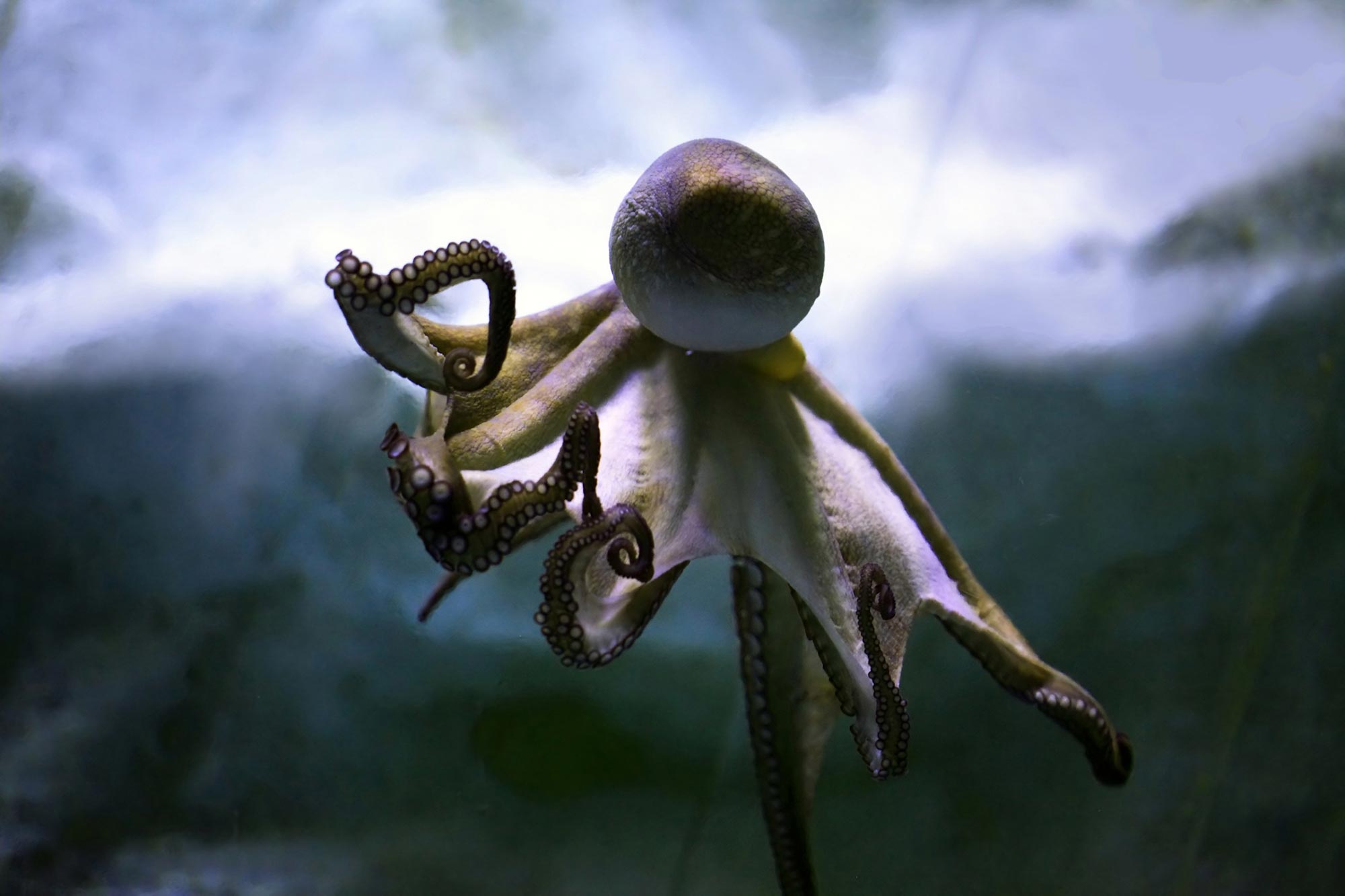
Octopuses are not like humans – they are invertebrates with eight arms and are more closely related to clams and snails. Despite this, they have evolved complex nervous systems with as many neurons as in the brains of dogs, allowing them to exhibit a wide range of complex behaviors.
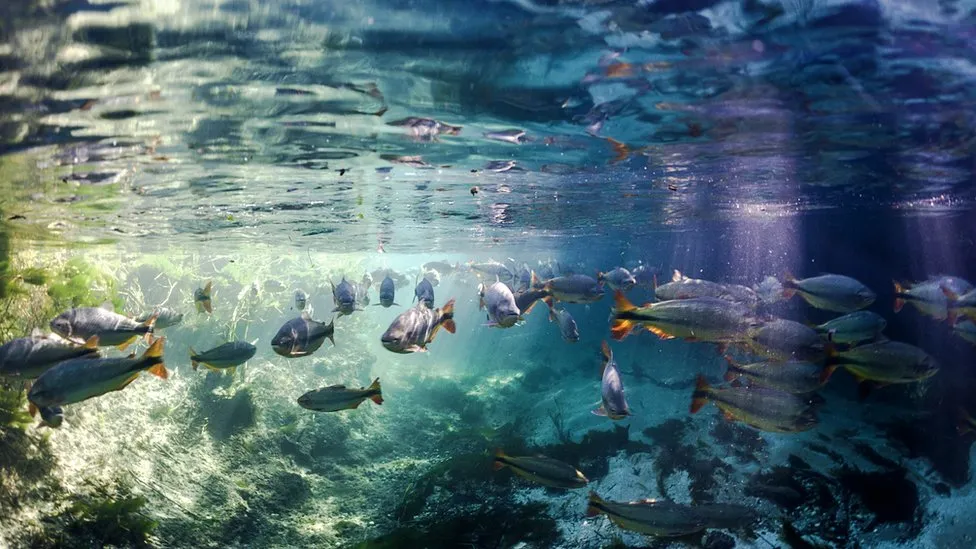
Nations have agreed to protect a third of the planet for nature by 2030 in a landmark deal aimed at safeguarding biodiversity.

A new study exploring the behavior of wild chimpanzees suggests the evolution of bipedalism may in fact have been a strategy that first emerged while still moving about the branches of trees.
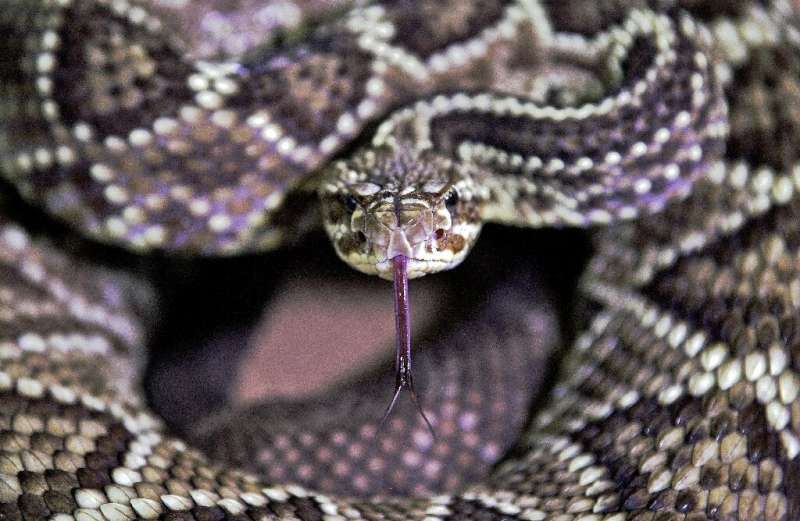
Female snakes have clitorises, according to the first detailed study on the subject Wednesday, in which the scientists lashed out at how little female sex organs have been researched compared to males across species.

Humanity has become a weapon of mass extinction,” the head of the United Nations has warned at the start of a high-level nature summit in Canada.
The 100-million-year-old head and body bones of the marine reptile were uncovered by three fossil enthusiasts who regularly trawl the ranges of their privately-owned outback station searching for ancient remains.

A new study reveals that Mars was born wet, with a dense atmosphere allowing warm-to-hot oceans for millions of years. This discovery was recently published in the journal Earth and Planetary Science Letters.

The dog is the first species domesticated by humans, although the geographical and temporal origin of wolf domestication remains a matter of debate.
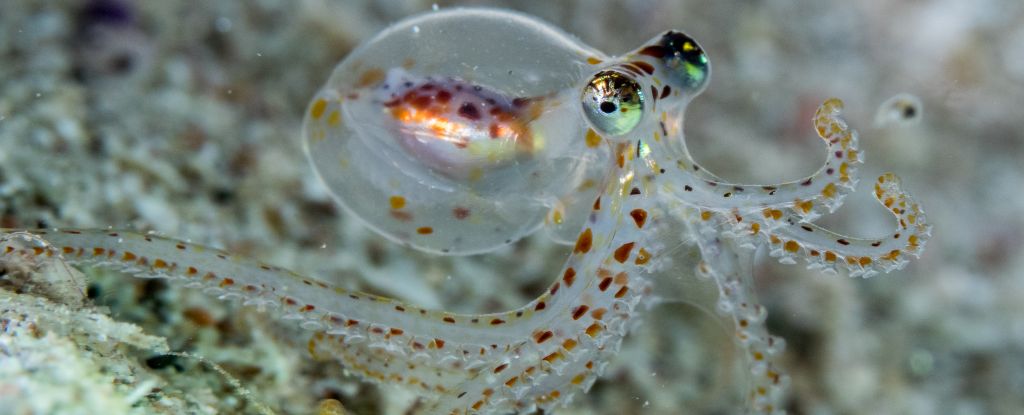
Our glorious little blue marble of a planet is filled with an astonishingly diverse array of lifeforms, but some are definitely more peculiar than others.
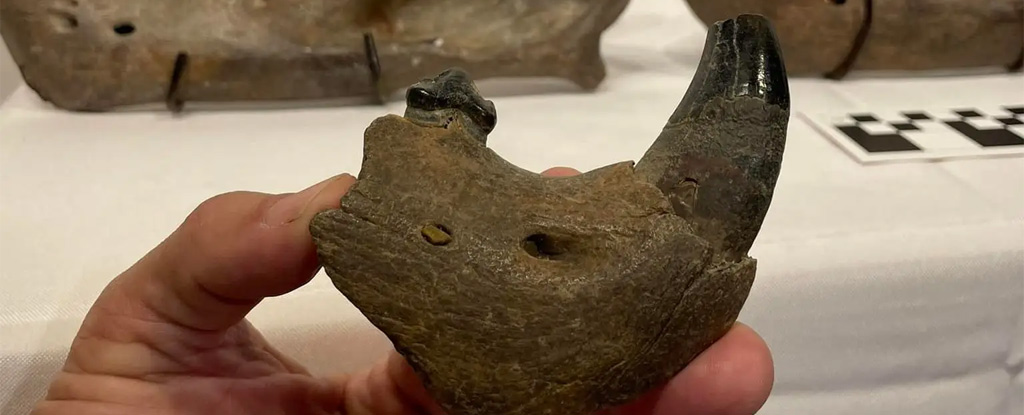
At the end of October, a Mississippi resident made a rare discovery along the drought-stricken Mississippi River – a fossilized jawbone from an American lion that roamed the area roughly 11,000 years ago, according to McClatchy News
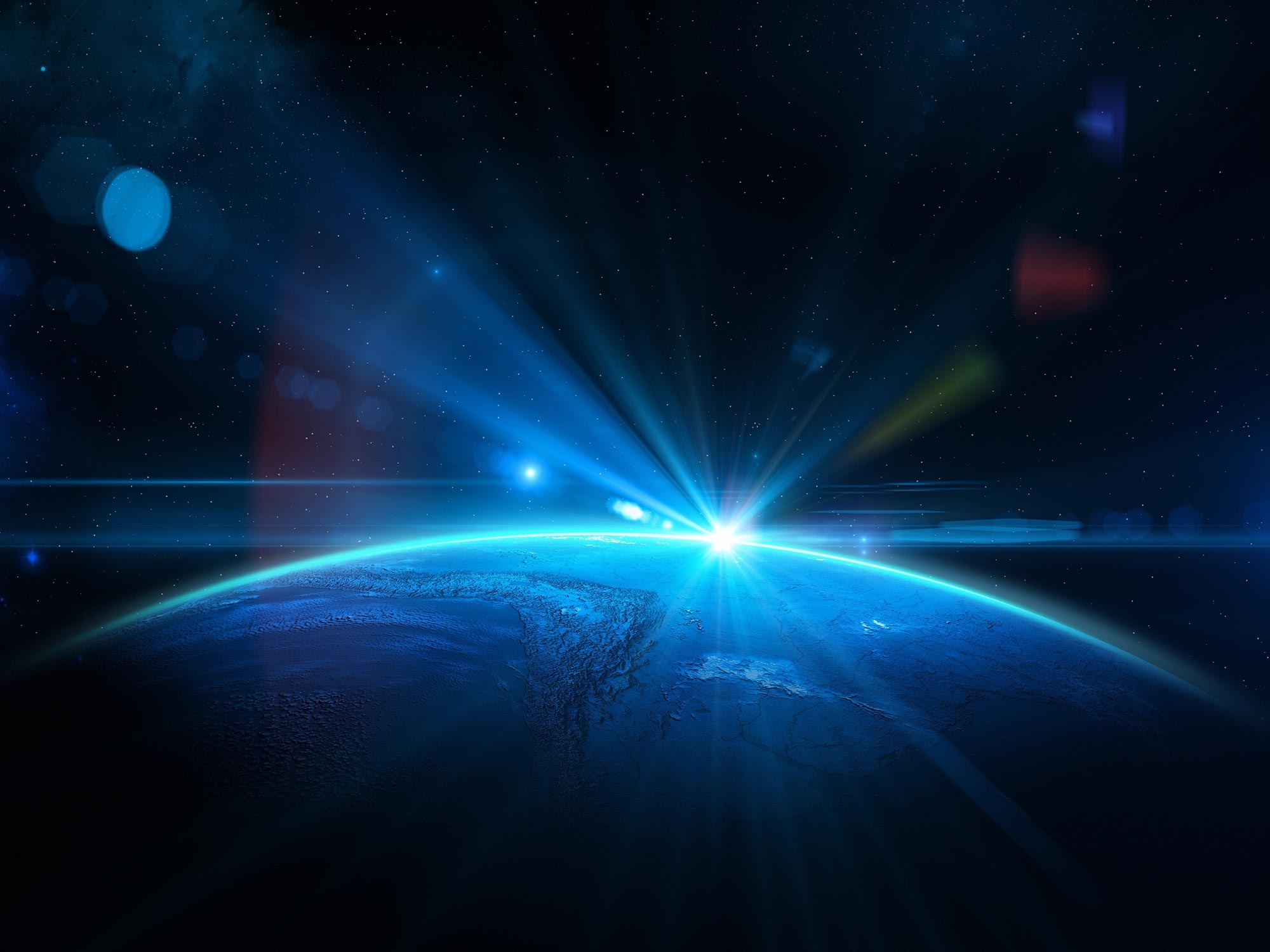
According to a recent study, the amazing survival techniques of polar marine creatures may help to explain how the earliest animals on Earth may have evolved earlier than the oldest fossils suggest
The complete skeletal remains of a spider monkey — seen as an exotic curiosity in pre-Hispanic Mexico — grants researchers new evidence regarding social-political ties between two ancient powerhouses: Teotihuacán and Maya Indigenous rulers.

Tardigrades are tiny, incredibly tough animals that can withstand a wide range of dangers, including many that would obliterate most other creatures known to science.
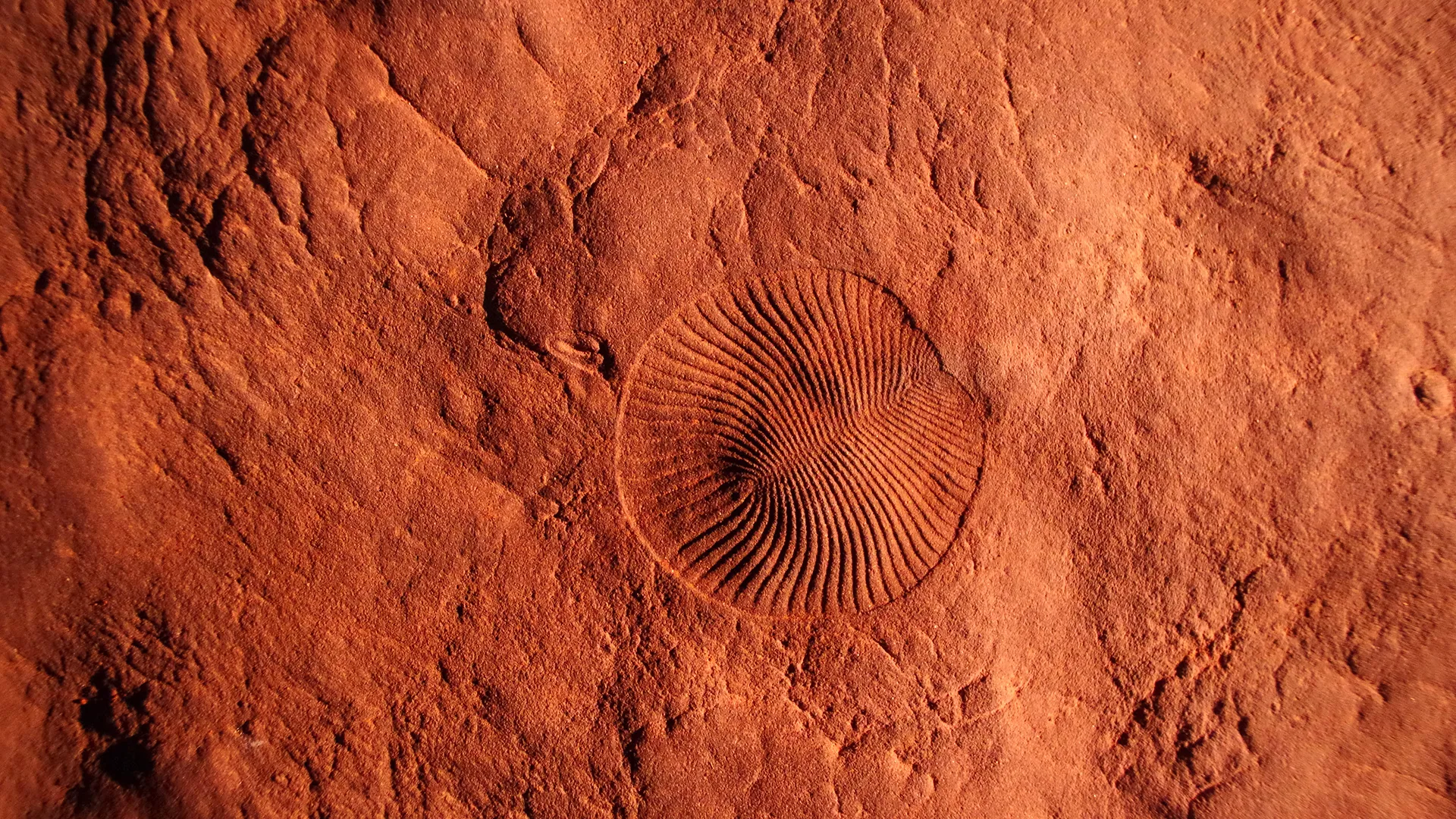
A global drop in oxygen levels about 550 million years ago led to Earth’s first known mass extinction, new evidence suggests.
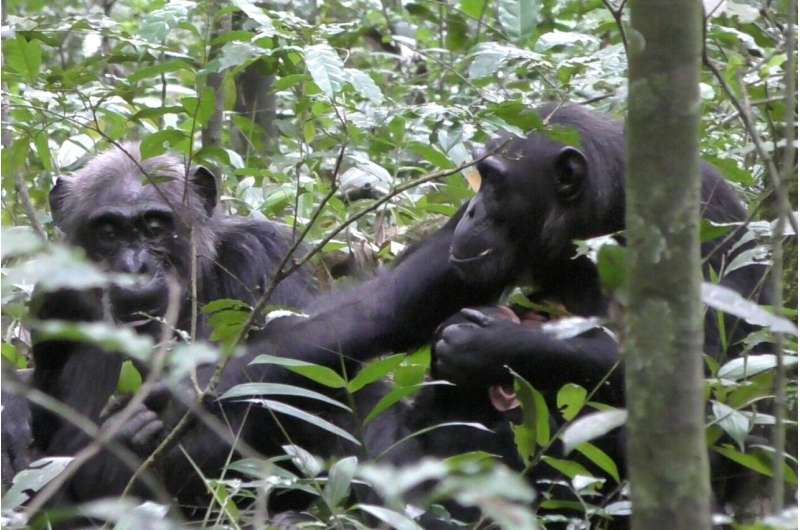
Researchers have observed a wild chimpanzee showing an object to its mother simply for sharing’s sake—social behavior previously thought to be unique to humans.
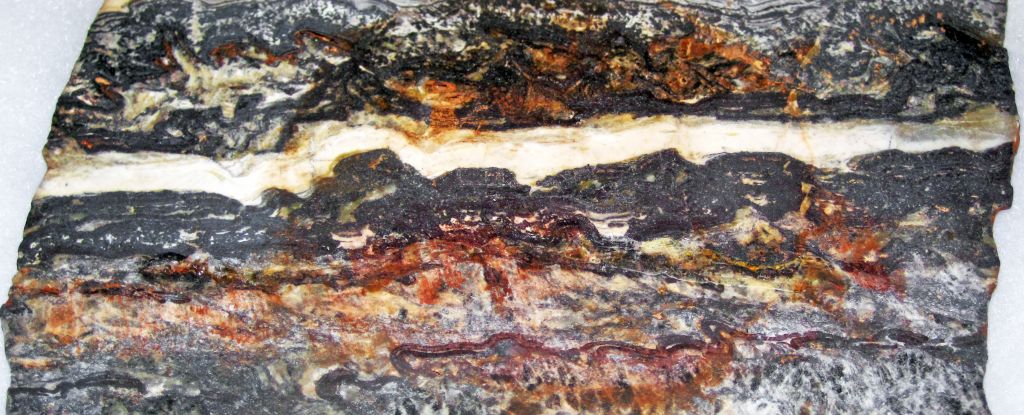
Tracking down the oldest traces of life on Earth isn’t easy. Smoosh a bunch of microbes between layers of rock and let them ripen for billions of years; what you end up with is going to resemble rock more than an ancient life form.








